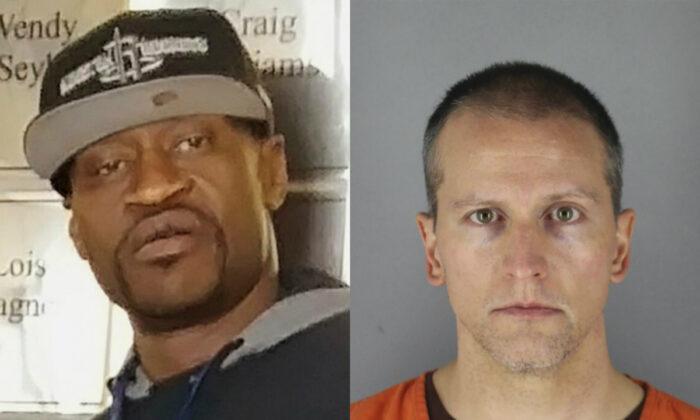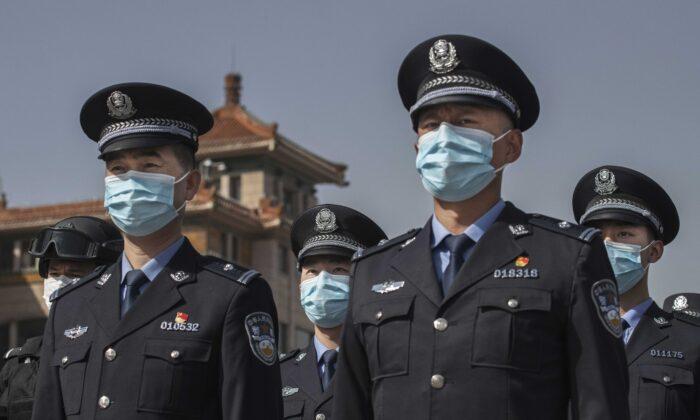Until the 1960s, the 14th amendment required states to provide due process and equal protection of the laws to all citizens, but states didn’t have to abide by all of the restrictions on governmental action set forth in the Bill of Rights.
Those restrictions applied only to the federal government. There was some overlap, but in terms of restrictions on governmental action, states were regulated by the 14th amendment, which was said to have “an independent potency.”
Criminal defendants in state courts, for instance, were entitled only to that fundamental fairness essential to the very concept of justice. Their rights were very limited, compared to those given to defendants in federal criminal cases. State defendants could be required to testify against themselves. They didn’t have the right to an attorney or to a speedy trial as we now understand those terms. They were entitled only to those rights implicit in the concept of ordered liberty.
In other words, if we could imagine a just system that didn’t provide a particular right (such a jury trial, appointed counsel, or confrontation of opposing witnesses), the state wasn’t compelled to provide that right to a criminal defendant. Federal defendants, who fell under the Bill of Rights, were given these protections, but the overwhelming majority of criminal cases took place in state court. They still do.
The ‘60s brought a big change in American criminal laws. The Supreme Court, under Chief Justice Earl Warren, read the 14th Amendment in a new manner. Instead of looking for fundamental rights implicit in the concept of ordered liberty, the court moved to “incorporation” of provisions contained in the Bill of Rights.
By moving to this approach, the Supreme Court led what has been called a “revolution in American criminal procedure” and provided all of the following rights to state criminal defendants: the freedom from unreasonable searches and seizures and the exclusionary rule; the prohibition against cruel and unusual punishment; the right to assistance of counsel; the privilege against self-incrimination; the right to confront opposing witnesses; the right to remain silent or have an attorney present for questioning; the right to a speedy trial; the right to compel defense witnesses to appear at trial; the right to a jury trial; and protection against double jeopardy.
None of those rights were constitutionally required in 1960, but they all were by 1970. In 1972, the death penalty was declared unconstitutional as it was then applied, and, in 1973, states were prohibited from outlawing abortions.
The dynamics of this dramatic period for the Supreme Court must be placed into context. State criminal laws had been established by the political process. In other words, the situation as it was before these Supreme Court cases reflected the will of the majority of persons living in any given state. The reforms—and the resulting growth of the federal government—didn’t take place because most people wanted reform. Reforms were enacted only because a majority of the nine justices wanted reforms.
Since most of the issues decided by the Supreme Court were held to be required by the Constitution, state political action couldn’t change the law back to where it had been prior to Supreme Court action. As to the death penalty, however, the Court’s 1972 decision left open the possibility of applying it in a constitutional manner. By 1979, 35 states had acted to reinstate the death penalty, effectively overruling the Supreme Court. They likely would have overturned court decisions on other matters had that been possible.
In 1968, Richard Nixon campaigned for president by, in part, running against the “activist” Supreme Court. He won, but the growth of the federal government didn’t slow down. From 1960 to today, the number of federal employees rose from about 2.4 million to about 20 million. While federal spending 100 years ago was about 3 percent of gross domestic product, it’s close to 25 percent today. The past few years have seen even greater federal expansion into education with Common Core, and into health care with Obamacare.
With this growth has come many of the concerns that so bothered America’s forefathers. Today, we see federal officials infringing more and more upon religion, punishing speech, taking away guns, and violating privacy without warrants by listening in on our conversations. Moreover, there are international institutions such as the International Criminal Court that aren’t yet direct threats to Americans, but may one day become threats.
Henry Wadsworth Longfellow’s poem reported Paul Revere riding at midnight, shouting, “The British are coming.” Regardless of whether that really happened, the colonists were facing a threat to their freedom and property from an enemy that was—or that had been—in charge of the government. Today, the threat is no less real. The continued growth of the federal government and of international institutions is a huge threat to the sovereignty of a free people. Moreover, as governmental power grows, so does the threat of governmental corruption.
Daniel Webster said, “God grants liberty only to those who love it, and are always ready to guard and defend it.”
The Bill of Rights is the promise of the United States to defend liberty. That is why President John F. Kennedy called the Bill of Rights “the guardian of our security as well as our liberty.”






Friends Read Free